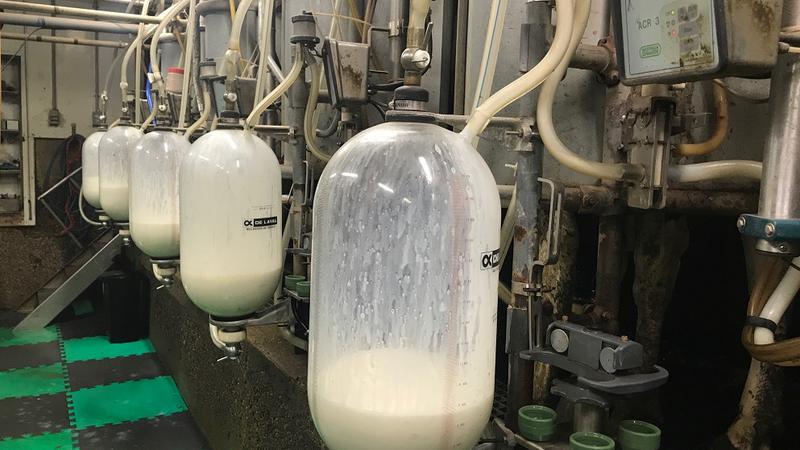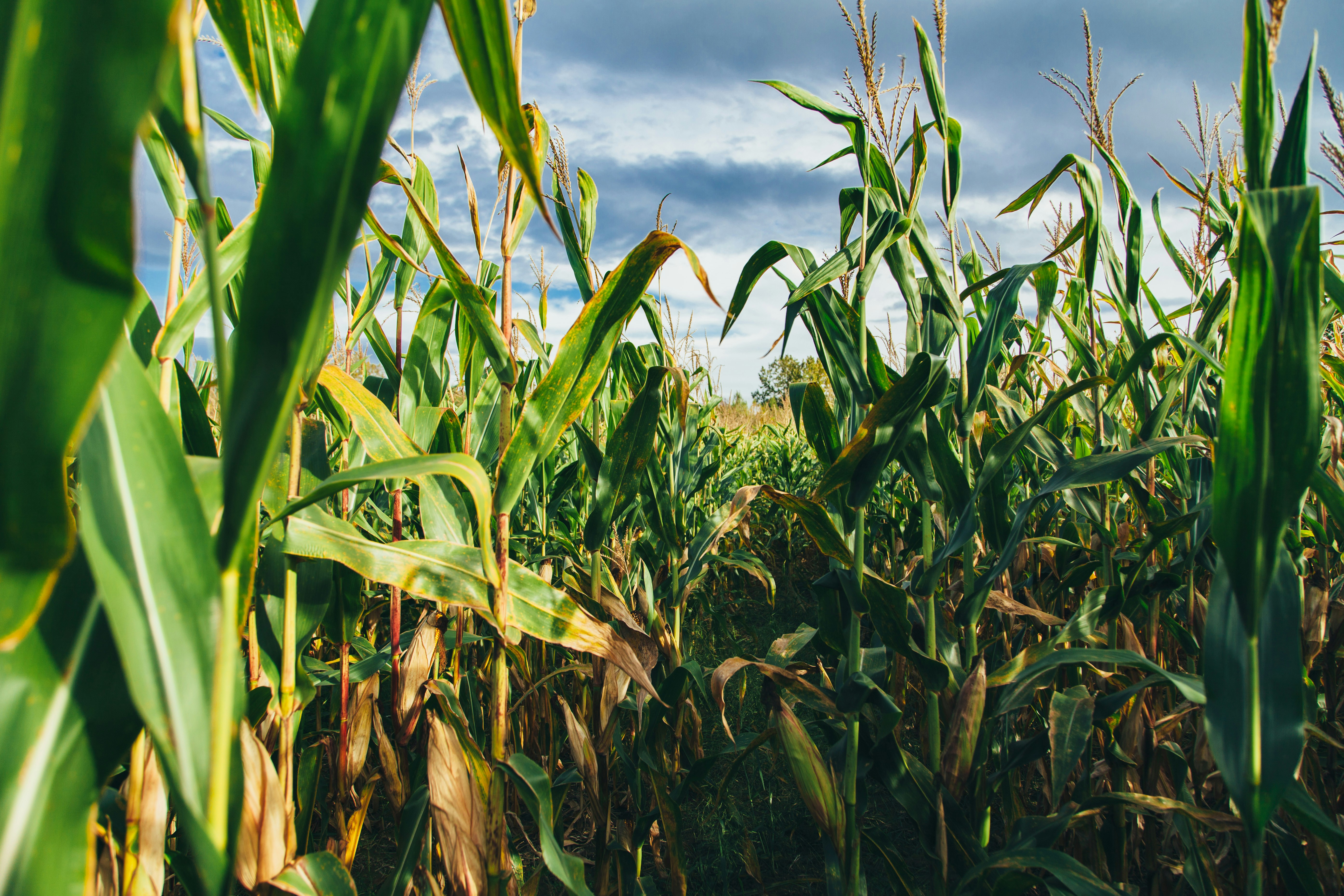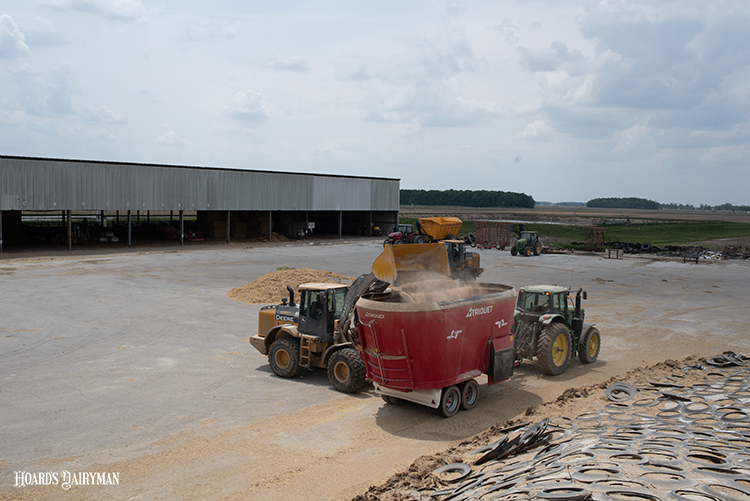Recently, I had the opportunity to drive through an area where I worked as a young nutritionist some 30 plus years ago. Google Maps even took me around some traffic in a circuitous fashion that allowed me to drive down a few extra country roads. The memories came flooding back as I passed so many driveways of former dairy farms where I had worked. A few of these still had cows; most of them were empty or had been converted to beef or horse operations. It was honestly a little emotional.
I didn’t grow up on a dairy. Beef cows were my history. So, these back roads were where I learned to love dairy cattle and the people that owned and cared for them. Things were different back then. It was all a little slower in pace and probably easier to learn. Young people starting out today have a steeper hill to climb. Things now are more complicated, and everything goes so very fast.
After some time thinking about the people and relationships that were down those driveways, I shifted to pondering the changes in the industry since then. Many of the people in our dairy circles today also milked cows in the early 1990s. They are just a little older and have the next generation running the daily tasks on the farm. I am still mostly the same. Older, yes, but I’m still using the computer to build rations to feed dairy animals. I pondered the many things that are so different now than then.
Dairy’s big changes
The most obvious change is the size of the herds. At one point, I took care of as many as 40 small dairies that probably averaged 150 milking cows. Today, the average size of our clients is maybe 30 times that number. This is something to ponder. Those 40 dairies that I helped back then had the same number of cows as one of our current client farms. Depending on my memory and the size of those herds, the math may be more like 60 times.
Size is neither good nor bad. We still work with a few clients that have dairies the size of those in the early 1990s. Every cow is important, and every person connected to that cow is also important. However, the fact remains that most things in our world get bigger over time. Dairy farms are no different.
The second most significant change from then to now is the level of production. In those days, down South where the forage wasn’t very digestible and the heat stress was mostly accepted as a fact of life, I bet the average milk production of those herds was between 45 and 60 pounds per day. I have a specific memory of a client then that had an office in a concrete block room by the parlor. One spring, when milk flow was the best, he told me, “If we hit 60 pounds of milk, I will get an air conditioner for the office.” Using modern-day vernacular, that was #motivation.
In this same geography, cows regularly get over 90 pounds of energy-corrected milk today. It would be a long list of factors responsible for this significant gain in production. Part of it lands in the area of my expertise, nutrition. We understand so much more about the building blocks needed to make milk and the fuel from the diet to power the process. Nutrients that were actually described as “crude” are now broken into smaller and more precise facets including fat, protein, energy, and so forth that allow diets to be fine-tuned for success. We are working now with specific amino acids and fatty acids. We also have determined the rate and availability of so many different types of carbohydrates. As well, we have better models to help us put it all together.
Included in the nutrition improvements would also be a better understanding of and strategies to improve cows transitioning from the dry pen to the fresh pen. This is complicated, though, as some of the barriers here were self-inflicted wounds. In any case, much science has been applied to getting cows successfully into a new lactation.
Another part of the nutrition equation is advances in plant genetics. Everything from better plant breeding, agronomic, and harvesting techniques have been a lift for the cows. As many fields have gotten bigger, various technologies have been employed to take better care of the plant. We are simply growing better feed — way better feed.
But nutritional advancements would not have helped if the other areas of the dairy didn’t improve as well. This list is long, and it might take a room of dairy pioneers to fully exhaust the areas of improvement. The way we take care of cows is dramatically different and better. Everything from cow cooling to bedding, stall design to pen management . . . it’s all better.
Some cows back then spent a lot of time just standing in the mud. Our dairy product consumers have helped this along. Cows need to be comfortable. In today’s dairy industry, most are comfortable.
I am not an expert in genetics but want to give a significant amount of credit to the overall improvements in the cow we have to work with in today’s dairy farms. There is a small herd at the University of Minnesota’s dairy that has maintained genetics from the 1960s. I wonder how those cows would respond to a perfect ration today. As I said, I am not an expert here, but genetics must be at least half of the production gains in the last 30 years.
Similarly, the level of veterinary care is much improved. The challenging nuance here, though, is that some of the great advances, effort, and knowledge from our veterinary colleagues is how to fix cows that are broken due to our industry’s learning curve in facilities and procedures. We still have some improvements to make in building better dairies that take better care of cows. We are still making progress.
Last, but certainly not least, is significant advances in dairy cattle reproduction. With the onset of ovsynch in 1995, our industry went from struggling to rebreed cows to putting some amazing results on the board. The improvements continued to follow. Previously unimaginable levels of reproductive success are happening every day at well-managed dairies across the world. This success may be as intertwined with other areas of the farm as any of the other advances.
As the dairy industry grew, we clearly did some things that got in the way of this law of nature. Sure, some of this progress is from various protocols. However, I do feel most of it is from an overall healthier cow living in a better environment where she can simply be a cow. Congratulations to all on this. It is a big deal.
Which of these factors is the primary driver in increased milk production? I am not sure, but I don’t think it is nutrition. The improvements in reproduction are central in that we get to milk a higher proportion of earlier lactation cows, and cows that get pregnant easily are probably healthy, comfortable, and have strong genetics.
What will be the most significant driver of change in the next 30 years? My guess is that it will be related to a new technology that is currently just an idea in someone’s mind. There is much technology to be leveraged. I have heard two talks at conferences recently about the 150-pound daily average on dairies in the future. I am on board with this goal and plan. I am also betting it won’t take 30 years to get there.










